
four cylinder engine diagram
Four stroke engine working. To give you an idea of how fast this process occurs. A normal bike or scooter engine usually runs at around 4000 to 6000 rpm. That means 4000 to 6000 rotations of the crankshaft per minute. So in one second, the rotation of the crankshaft is. 4000/60 = 66.6 rps 4000 / 60 = 66.6 rps.
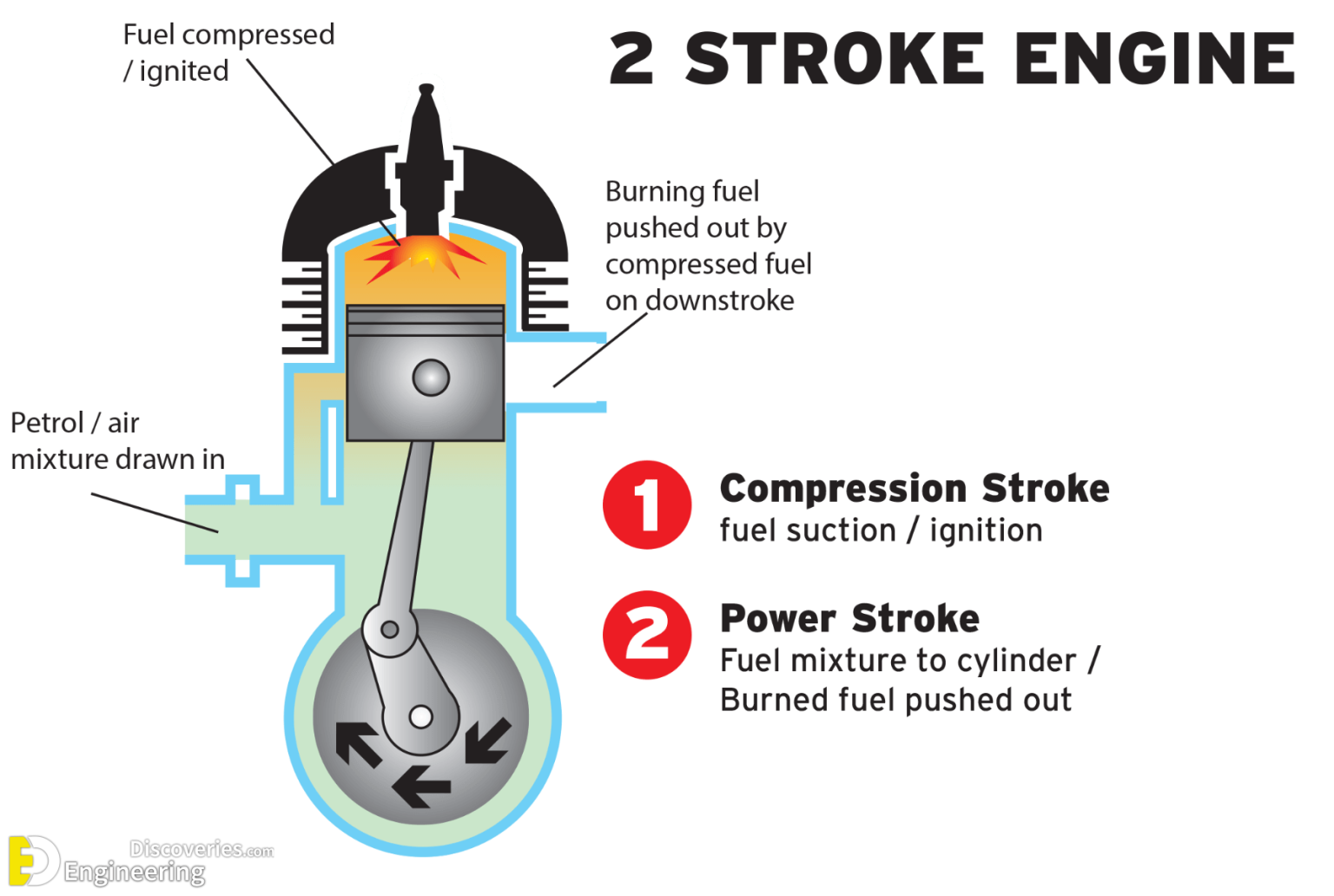
How Does a FourStroke Engine Work Engineering Discoveries
June 11, 2022 by Himanshu Arora In this article, we will discus about 4 Stroke Engine Working Principle, Diagram. An engine is a device, that converts the energy in a fuel into heat energy and the heat energy into mechanical energy. Before discussing the Four-Stroke engines, we should know the working principle of an IC engine.
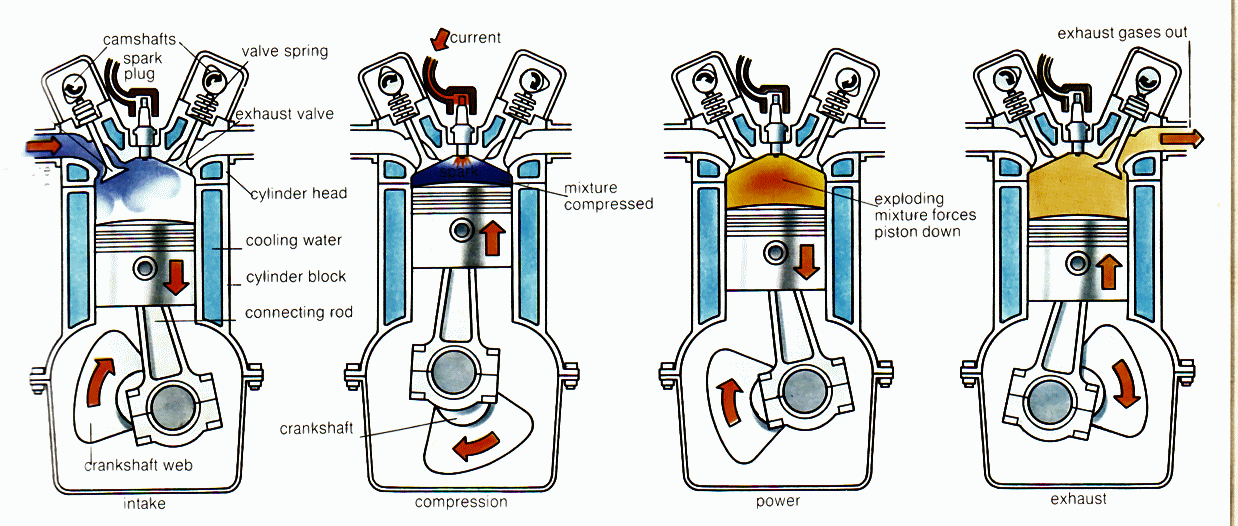
How Does a FourStroke Engine Work
Today, we'll learn about the diagram of 4 stroke engine cycle. If you have a question, how four stroke engine work ? in this article you will find the answer. 4 Stroke Engine Working Principle As the name, this engine have 4 steps in a cycle. Suction/intake stroke Compression stroke Combustion stroke Exhaust stroke
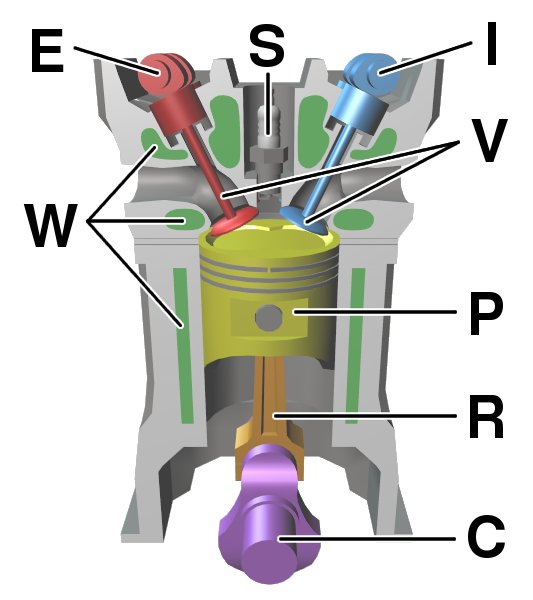
FileFour stroke engine diagram.jpg Wikimedia Commons
4 Stroke Combustion 4K SLOW MOTION | 33,000 FPS | Clear Engine Cylinder This videos illustrates the working of 4 stroke engine, with all the four strokes explained and also at the.

Mechanical Engineering Marine Engine 4 stroke
A four-stroke (also four-cycle) engine is an internal combustion (IC) engine in which the piston completes four separate strokes while turning the crankshaft. A stroke refers to the full travel of the piston along the cylinder, in either direction. The four separate strokes are termed: Intake: Also known as induction or suction.
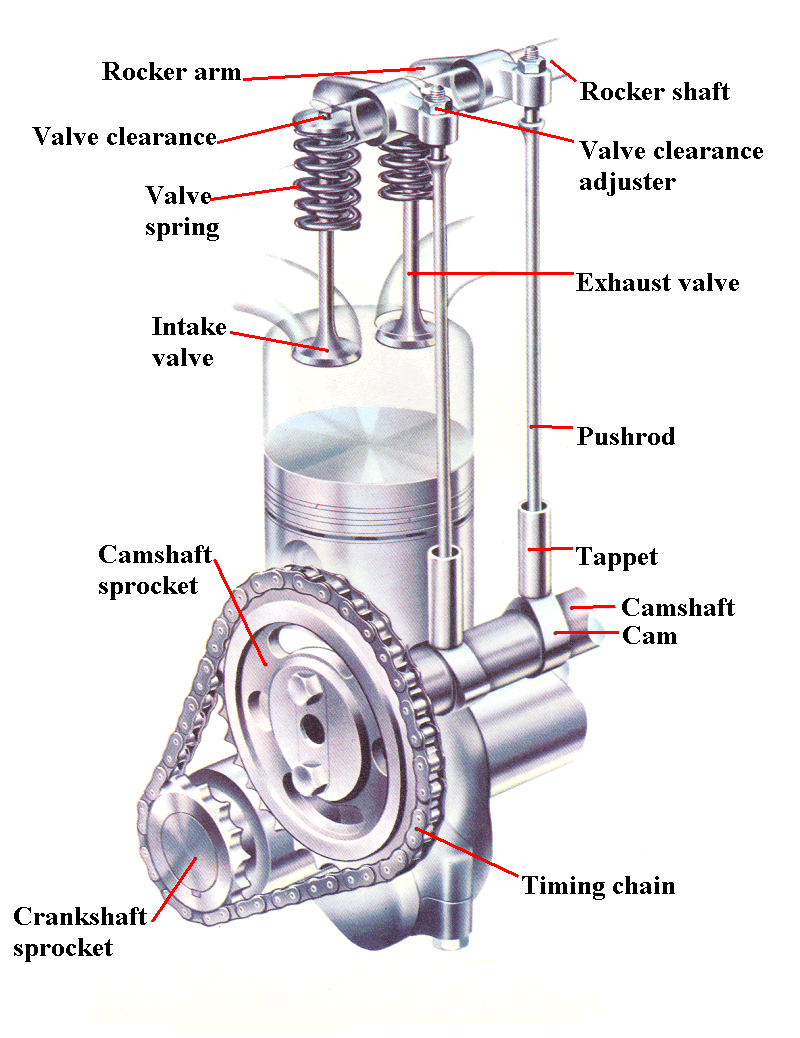
Single Cylinder 4 Stroke Engine Diagram
Four Stroke Engine Four-Stroke Engine: Learn Definition, Diagram, Parts, Working, and Uses Last updated on Aug 25, 2023 Download as PDF Overview Test Series A four-stroke engine is an internal combustion engine in which the piston rotates the crankshaft four times.
4 Stroke Engine Diagram
4 Stroke Engine Theory | Briggs & Stratton Watch on The Briggs & Stratton 4-stroke engine, also referred to as a 4-cycle engine, powers an array of outdoor power equipment, including lawn mowers, generators, lawn tractors and tillers. Our 4-stroke engines lead the world in production and quality.
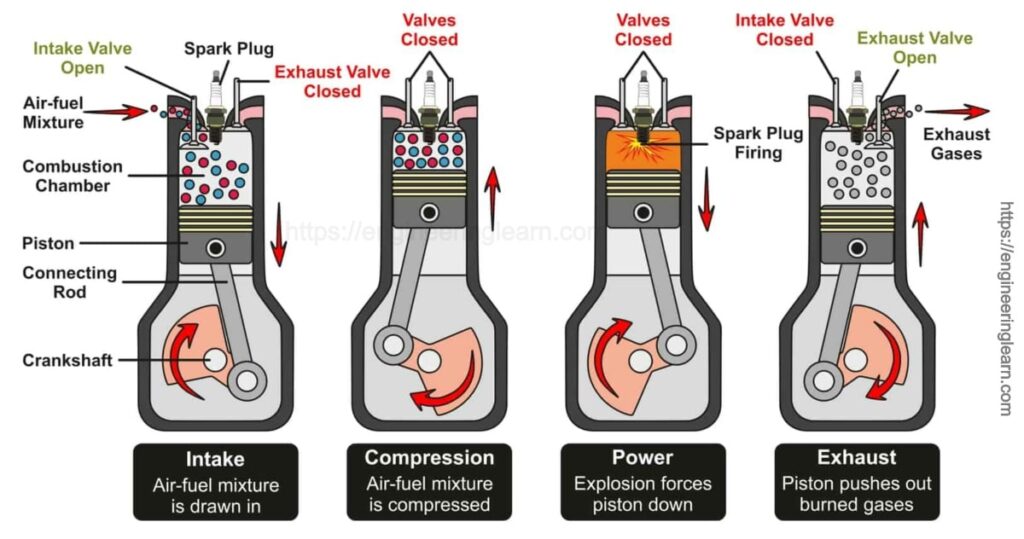
How does 4Stroke Engine Works? and with [Engine Cycle, Diagram & Working] Engineering Learn
The pressure volume diagram (PV diagram) that models the changes the fuel-air mixture undergoes in pressure and volume in a four stroke engine is called the Otto cycle. The changes in these will create heat, and use this heat to move the vehicle or machine (hence why it's a type of heat engine ).

How 4 Stroke Engine Works How Does a FourStroke Engine Work BikesRepublic The intake
A four-stroke cycle engine is one of the most common type of small engine which is found completing five Strokes in a singly operating cycle which includes intake, compression, ignition, power, and exhaust strokes. 1. Intake Stroke: ( 4 Stroke Engine ) The intakes required whenever there is a need of air-fuel mixture inside the combustion chamber.
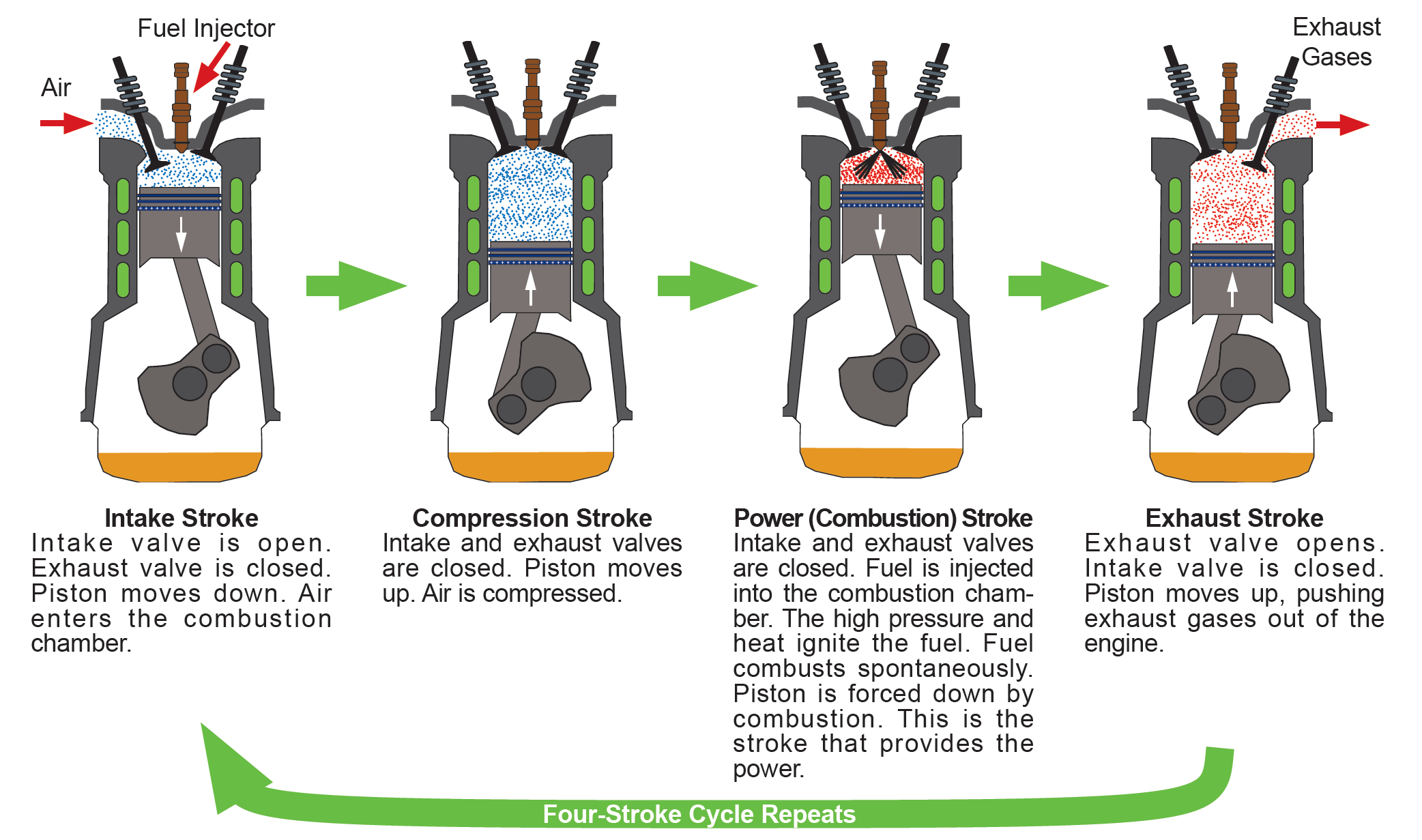
FourStroke Engine Auto Upkeep Academy
The engine converts the explosive power of the fuel & air mixture into rotating power. And further, this power is used to run cars, bikes & machines. Count Nicolas Otto a German engineer first successfully applied the 4-stroke principle. A four-stroke engine is almost used in all types of automobiles & factories.
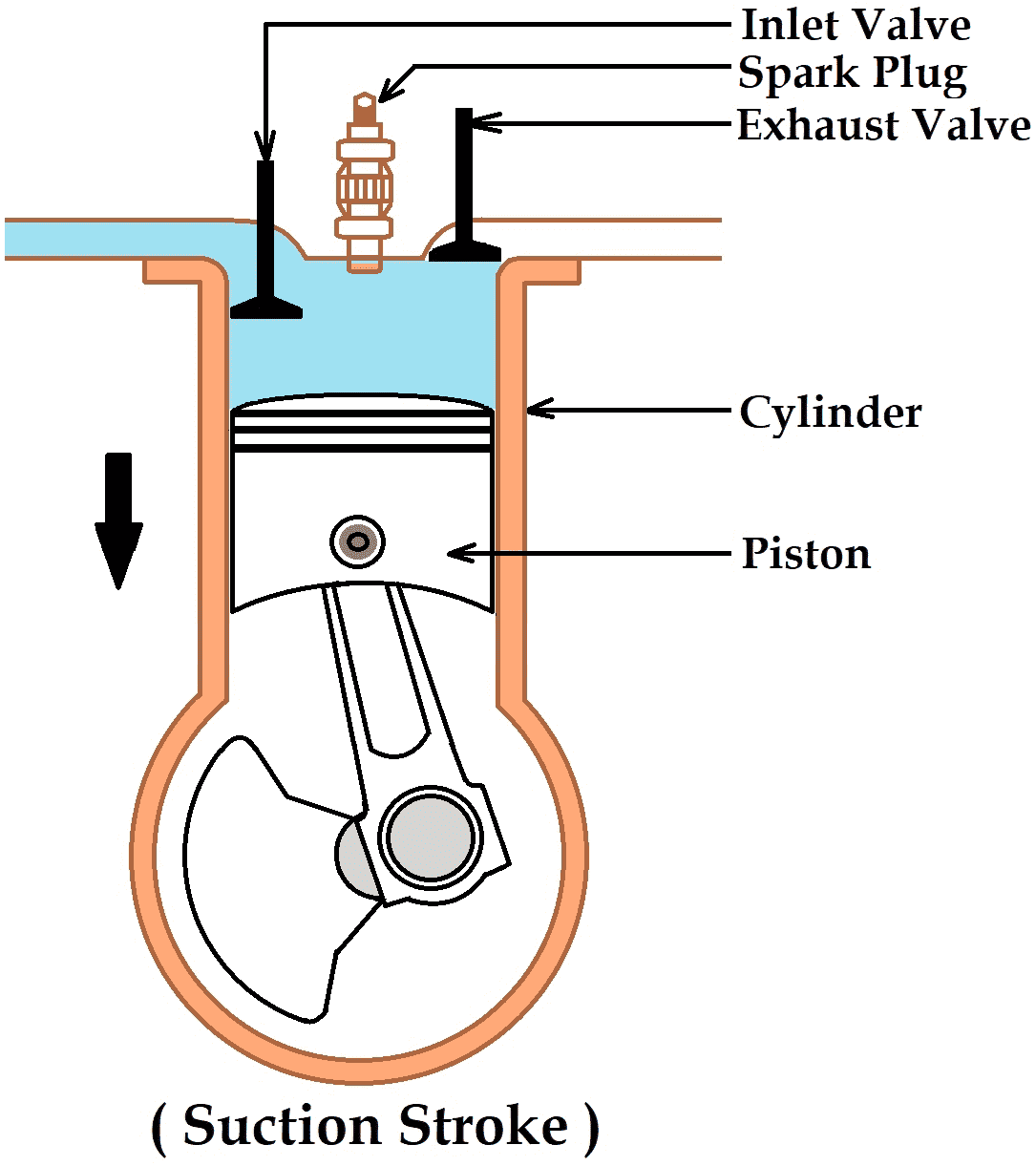
4 stroke petrol engine Working of 4 stroke petrol engine
The four stroke engine was first demonstrated by Nikolaus Otto in 1876 1, hence it is also known as the Otto cycle. The technically correct term is actually four stroke cycle . The four stroke engine is probably the most common engine type nowadays. It powers almost all cars and trucks. Speed 10 fps

How Does a FourStroke Engine Work Engineering Discoveries
The four stroke diesel engine works on the Diesel cycle. The four processes in the Diesel engine are as follows:-. Process 1-2: Isentropic compression. Process 2-3: Constant pressure heat addition. Process 3-4: Isentropic expansion. Process 4-1: Constant volume heat rejection.
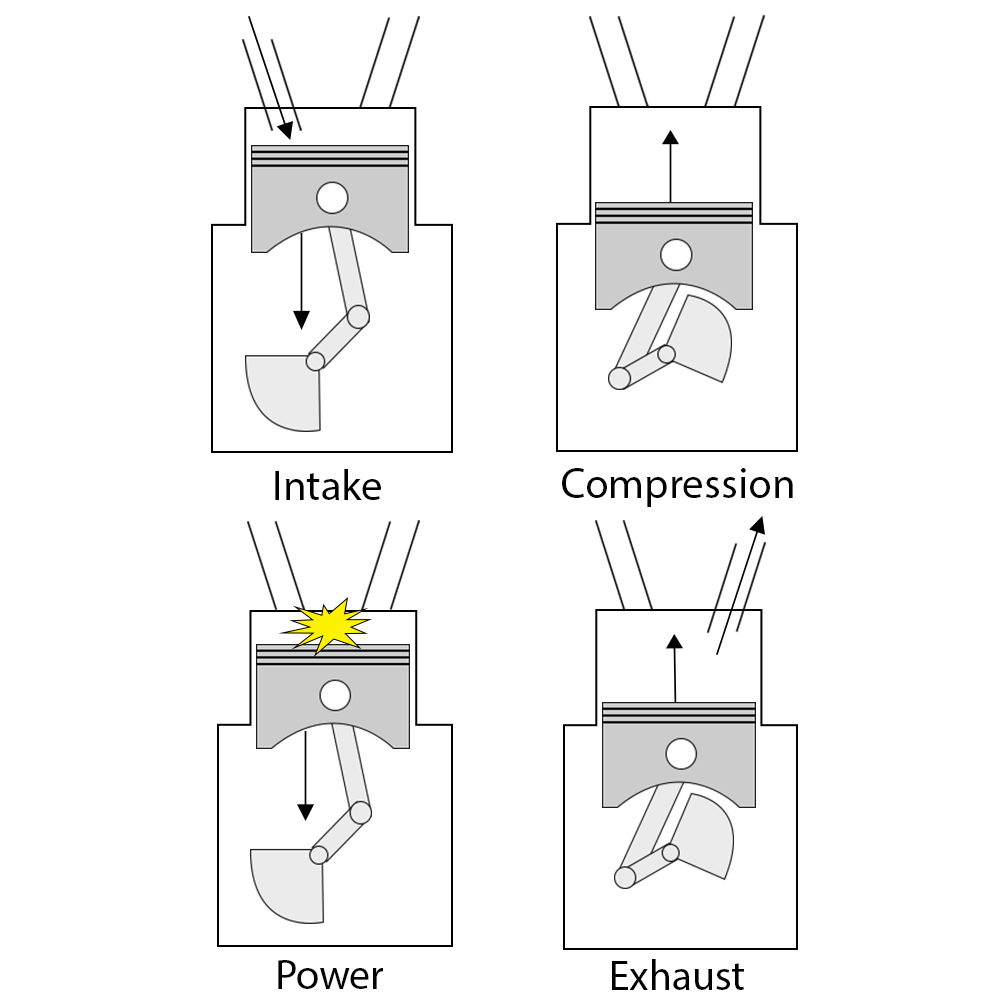
The 4 Strokes of an Engine
Four Stroke Engine: Principle: We know that stroke is define as maximum movement of piston in any direction inside engine cylinder. For example if a piston moves form bottom dead center to top dead center is known as a stroke. If it returns back to bottom dead center, it is known as 2 stroke.

four stroke engine Shaik Moin
A four-stroke engine transfers power stroke for every two periods of the piston or the four-piston strokes. Check out: Understanding V8 Engine In Automobiles Today you'll get to know the definition, diagram, and working of four-stroke engines of both petrol (Otto cycle) and diesel types. You'll also learn about the Otto cycle.

Parts/ Components of Four Stroke Petrol Engine Pawankumar Gurav TechnologyTricks Tourism
In a four-stroke engine, the four strokes are: 1) Intake Stroke Starting from "Top Dead Center" (TDC), and zero degrees of rotation, the piston moves down the cylinder. As the piston moves it creates a vacuum and the intake valve opens, sucking air into the cylinder.

1. Four stroke diesel engine Download Scientific Diagram
The four-stroke cycle was originated by French engineer Alphonse Beau de Rochas in 1862. The four-stroke cycle is often called the Otto cycle, after the German engineer Nikolaus August Otto, who designed an engine on that principle in 1876. De Rochas held prior patents, however, and litigation in the French courts upheld him.